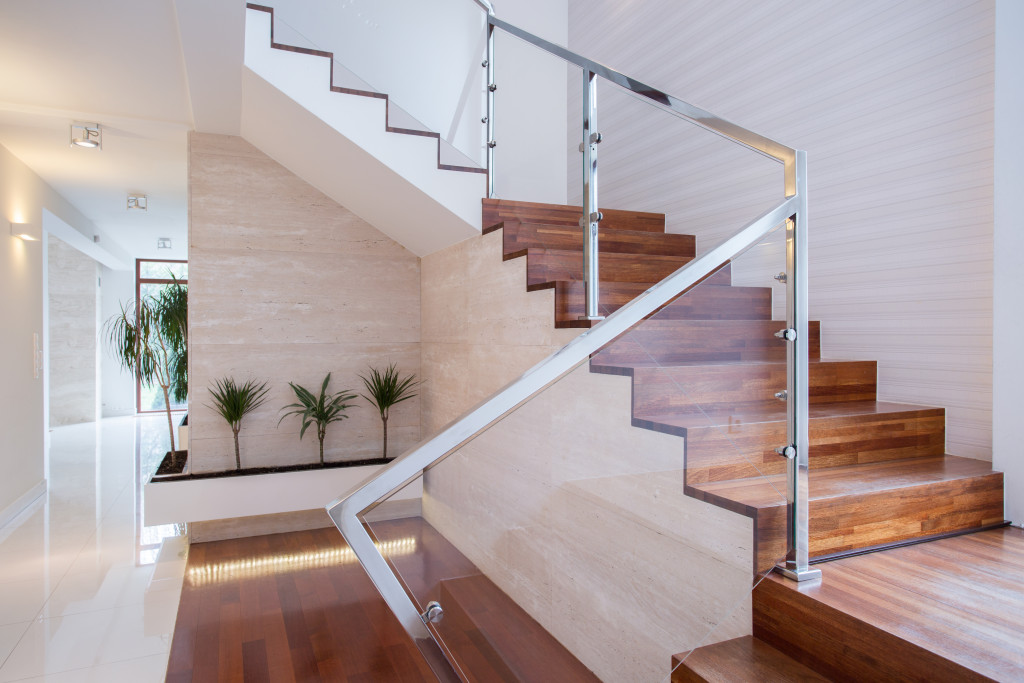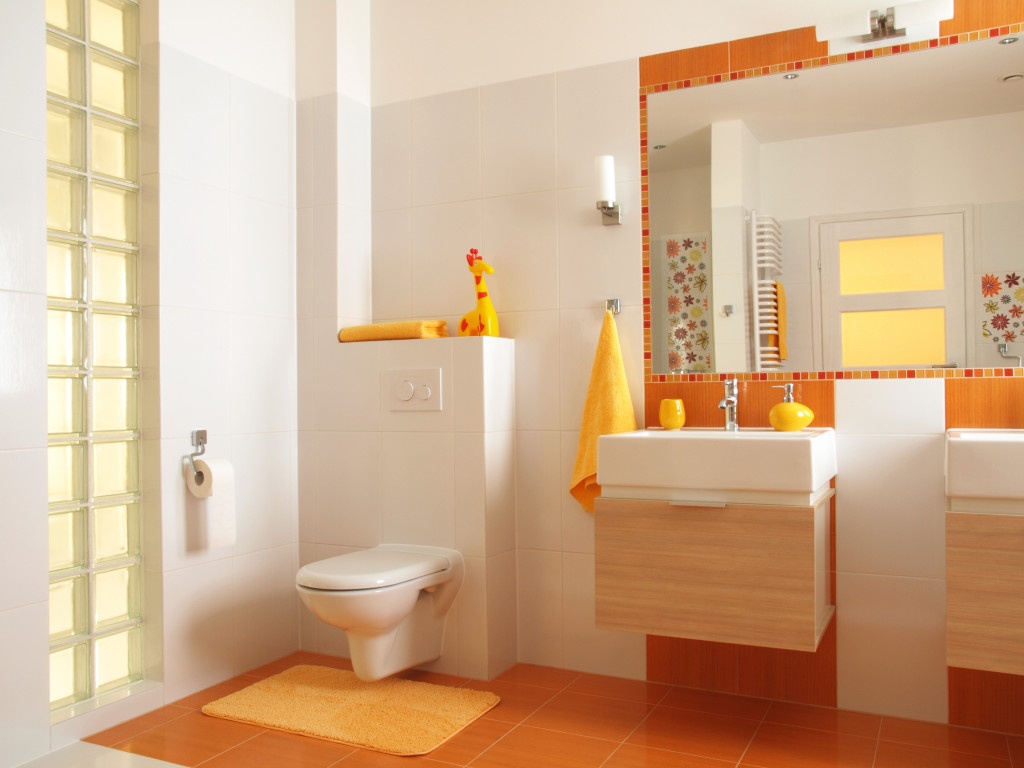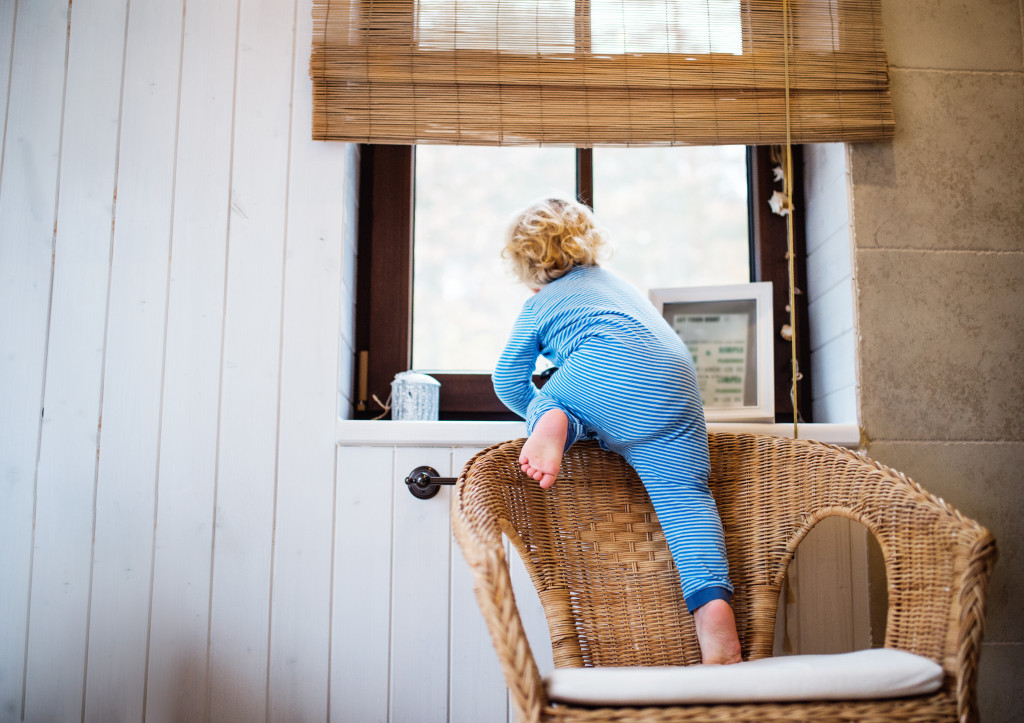- Stairways, bathrooms, and kitchens are the priority danger areas when making a home safe.
- Inspect stairs regularly for loose boards or debris and use non-slip bathroom flooring.
- Install grab bars around tubs and showers, and place toilet locks on lids.
- Stovetops should be kept clear of combustible items, and knives should be stored securely away from children.
- Proper safety precautions create a safer home environment for all its occupants.
Safety at home is of paramount importance. Home should be a place of refuge, not of danger. Unfortunately, accidents can still occur in the home, even if all the proper precautions are taken. According to the National Safety Council, an estimated 37,000 Americans die from unintentional injuries yearly, and more than 49 million people suffer non-fatal injuries due to home accidents.
The most common causes of injury or death at home include falls (such as tripping over objects on the floor or falling down stairs), medical emergencies (such as heart attacks or strokes), poisoning (including carbon monoxide poisoning and chemical poisoning), drowning, choking and fires. Understanding these risks and taking steps to prevent them from occurring in your home is essential.
Still, a homeowner might require a guide to identify the most dangerous areas or areas that could be made safer.
Here are three of the top danger areas to prioritize when making your home safe:
Stairways

Stairways are one of the most significant sources of home accidents and should be prioritized when making a home safe. According to the American Academy of Pediatrics, falls on staircases are a common cause of head trauma in children, with many cases resulting in hospital visits.
Additionally, adults can suffer severe injuries such as fractures or muscle sprains due to slips or trips. To ensure safety on stairways, several measures need to be taken:
Inspect Stairs Regularly
Homeowners should inspect their stairs regularly for loose boards and debris. Loose screws or nails can cause tripping hazards for residents. Furthermore, ensuring that all handrails and bannisters are appropriately secured is essential for providing stability along the steps. Carpeting or non-slip mats should be checked to ensure they’re firmly attached to each step. Here are the steps to consider.
Install Adequate Lighting
Adequate lighting is essential for providing visibility on stairs and preventing accidents from occurring. This could include installing wall fixtures or night lights on each step so people can have proper nighttime visibility. If natural light is unavailable, motion-activated lights can be installed near doorways leading out onto the staircase to provide illumination.
Keep Objects Away From Stairs
Objects such as toys, clothes or shoes left on steps create a tripping hazard for residents and should always be kept away from staircases. Additionally, any furniture placed near stairs should be moved away from efforts so as not to obstruct access or visibility while walking up or down them.
Educate Family Members About Stairs Safety
Educating family members about safety precautions while using stairways within the home is essential. Children should be taught how to hold onto railings while going up and down stairs, and adults shouldn’t rush up steps but instead take their time to avoid slipping or tripping hazards. Lastly, it’s important to encourage family members not to run up or down staircase steps as this increases the risk of injury due to falls significantly.
Making modifications might also be necessary for stairways in the home. Square nose transition molding should be used to reduce trip hazards between uneven floors and stairs. This type of molding is installed on the edge of steps that sit flush with adjacent floor accounts to provide a smoother transition that’s safer for walking on.
Bathroom

The bathroom is another critical area to prioritize when making a home safe. Injuries around the bathtub, shower, and toilet are among the most common in the home. According to the American Academy of Pediatrics, approximately 230,000 children visit emergency rooms annually due to bathroom-related injuries.
Bathtubs and showers can be slippery and cause slips and falls, resulting in head trauma or other serious injuries. To avoid these accidents, all bathrooms should have non-slip flooring throughout, such as tile or rubber mats. Installing grab bars in strategic locations around tubs and showers is also essential for added support while getting in or out of them.
Toilets can also be dangerous for younger children who may not understand how to use them properly or underestimate the power of flushing bathrooms. Installing toilet locks on the lid can help prevent accidental falls into toilet bowls and keep curious toddlers from exploring this potentially hazardous area. Additionally, everyone in the family must know how to shut off the water supply to the toilet if there’s an accident or if it needs repair work done.
Kitchen
If there is anything that presents the most dangerous must-have items at home, it is the kitchen. The kitchen is a high-risk area because accidental fires and burns are common due to large hot surfaces and combustible materials.
To ensure safety in the kitchen, all appliances should be properly maintained and regularly checked for any faults. Gas stoves must be inspected by certified engineers every two years to detect any leaks or other potential hazards that may have arisen over time. Additionally, stovetops should be kept clear of items such as potholders or loose clothing that could catch fire if they come into contact with a flame.
Lastly, keeping knife blocks away from curious children is essential for avoiding serious injury in the home. Knives should always be stored securely in drawers or on shelves out of reach so no one, especially children, can access them.
Final Thoughts
Taking the proper precautions and understanding the common dangers in the home can protect your family and guests from harm. Safety should always be a priority at home, no matter what space or room you address. Start by assessing your home for risks and identifying areas needing safety modifications. With careful planning, your home will become a haven for all its occupants.




